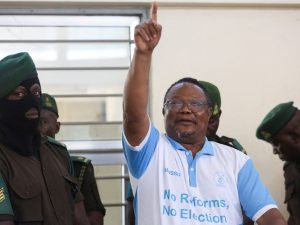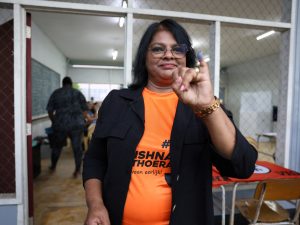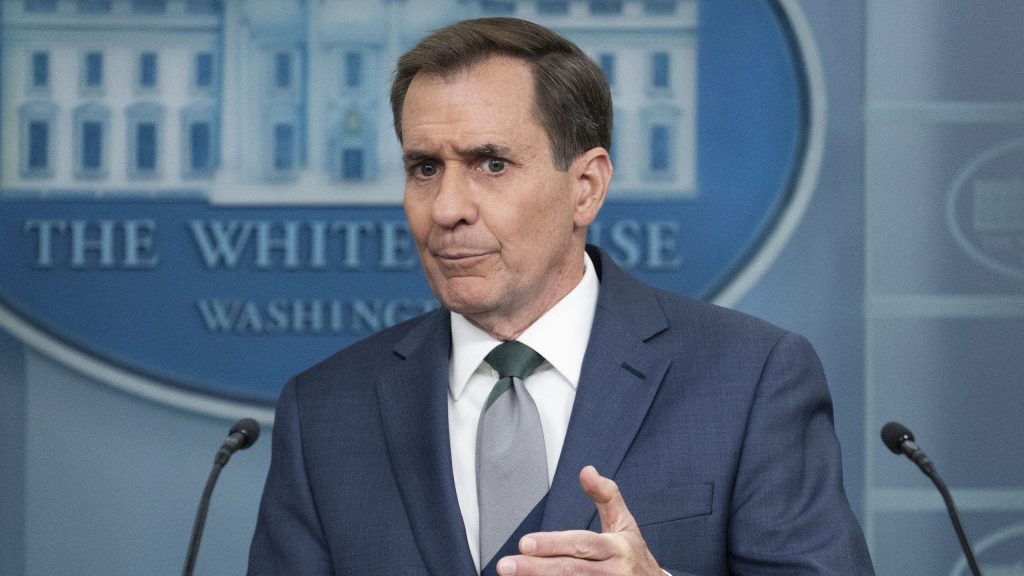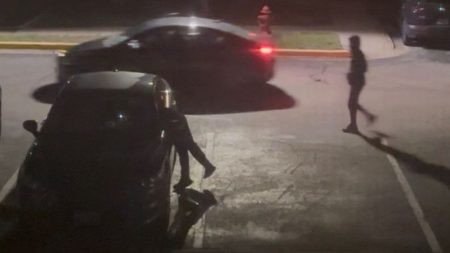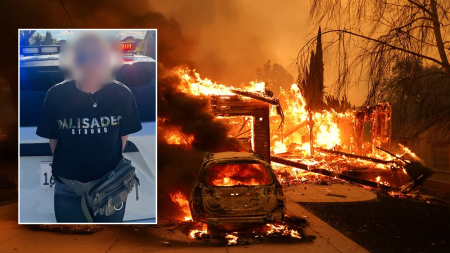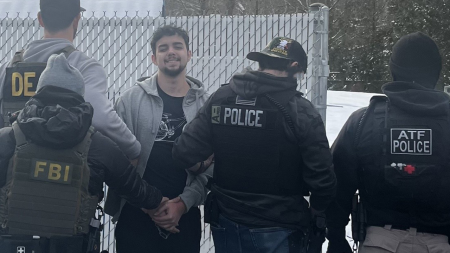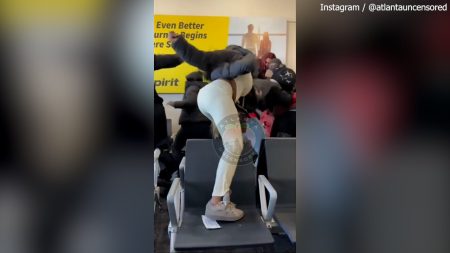The ongoing saga of unidentified drone sightings over New Jersey has sparked confusion, concern, and calls for greater transparency and action. While the White House maintains that there is no evidence of a national security or public safety threat, the persistent reports, coupled with the apparent inability to identify the aircraft, have raised questions about the government’s response and the adequacy of existing counter-drone measures.
White House National Security Communications Adviser John Kirby asserted that many of the reported sightings are likely lawfully operated manned aircraft, citing analysis of available imagery and the use of sophisticated electronic detection technology. He emphasized the lack of corroboration for visual sightings and the absence of any drone activity in restricted airspace. This assessment, however, has been met with skepticism from some lawmakers and security experts, who question the government’s ability to definitively identify the aircraft and their operators. Brian Harrell, former DHS assistant secretary for infrastructure protection, criticized the White House’s response as a missed opportunity to build public trust, suggesting that the government possesses the capabilities to identify the drones but is withholding information. He further speculated that the drones may be part of government or contractor testing.
The ambiguity surrounding the drone sightings has amplified concerns about potential vulnerabilities in critical infrastructure and national security. Despite the White House’s assurances, the proximity of some sightings to sensitive locations, including military installations and a presidential golf course, has fueled speculation about potential malicious intent. The repeated sightings near the Picatinny Arsenal, a key military research and manufacturing facility, are particularly concerning given the potential for espionage or disruption. Similarly, the reported drone activity near coastal areas, including the close trailing of a Coast Guard lifeboat, raises questions about potential surveillance or harassment.
The lack of clear information from the government has further exacerbated public anxiety and prompted calls for greater transparency and decisive action. Senator Richard Blumenthal criticized the Biden administration’s response as inadequate, demanding urgent intelligence analysis and action to remove the drones from the skies. He underscored the “unacceptable” lack of information about the drones’ ownership, operators, and purpose. This sentiment echoes broader concerns about the government’s ability to effectively address the growing threat posed by unmanned aircraft systems.
While Governor Phil Murphy and law enforcement officials in New Jersey have downplayed the immediate threat to public safety, the ongoing investigation underscores the need for stronger regulations and enhanced counter-drone capabilities. The FBI’s involvement and its request for public assistance in gathering information highlight the challenges in identifying and tracking these aircraft. The sheer number of reported sightings across the state, from the Raritan River and Round Valley Reservoir to coastal areas and military installations, points to a significant gap in existing authorities and the need for more effective monitoring and mitigation strategies.
Calls for congressional action to expand counter-drone authorities have gained momentum in light of the New Jersey incidents. Kirby urged Congress to pass legislation that would enhance the ability of federal, state, and local authorities to identify, track, and neutralize potential threats posed by unmanned aircraft systems. This includes providing law enforcement with the necessary tools and legal framework to respond effectively to drone incursions. The ongoing investigation and the resulting uncertainty underscore the urgency of addressing this issue and developing a comprehensive strategy to manage the evolving drone landscape. The request by Rep. Chris Smith for the Department of Defense to authorize the shooting down and retrieval of the drones for analysis highlights the limitations of current authorities and the need for clearer protocols for dealing with unidentified aircraft. The lack of such authorization, despite the drones’ close proximity to military installations and Coast Guard vessels, further emphasizes the need for legislative action.

